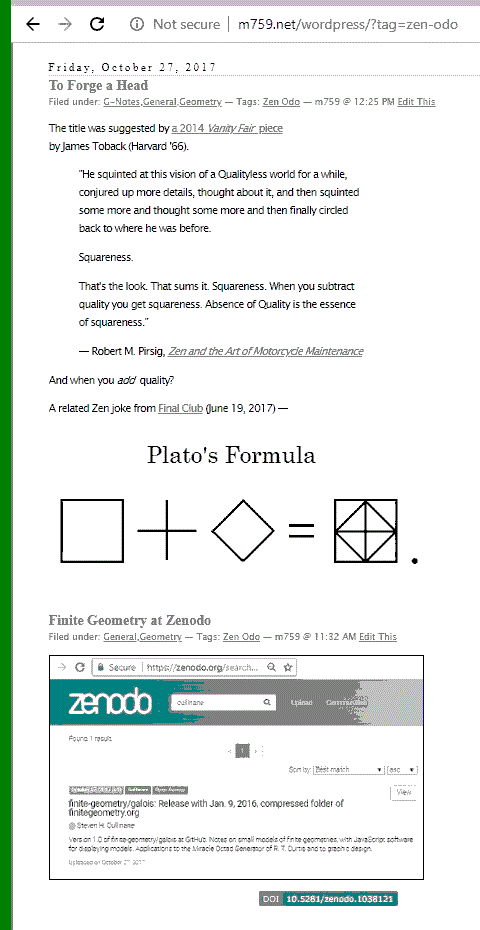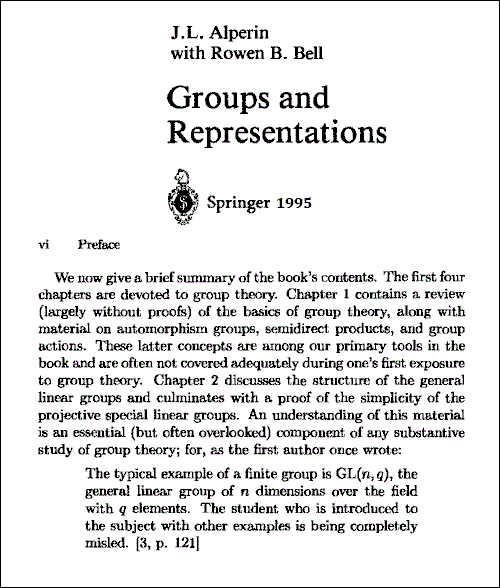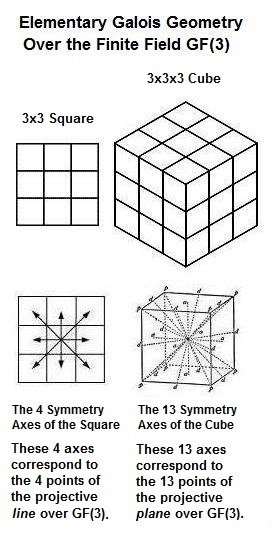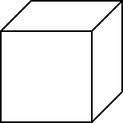From this journal on July 23, 2007—
It is not enough to cover the rock with leaves.
We must be cured of it by a cure of the ground
Or a cure of ourselves, that is equal to a cure
Of the ground, a cure beyond forgetfulness.
And yet the leaves, if they broke into bud,
If they broke into bloom, if they bore fruit,
And if we ate the incipient colorings
Of their fresh culls might be a cure of the ground.
– Wallace Stevens, "The Rock"
|
This quotation from Stevens (Harvard class of 1901) was posted here on when Daniel Radcliffe (i.e., Harry Potter) turned 18 in July 2007.
Other material from that post suggests it is time for a review of magic at Harvard.
On September 9, 2007, President Faust of Harvard
"encouraged the incoming class to explore Harvard’s many opportunities.
'Think of it as a treasure room of hidden objects Harry discovers at Hogwarts,' Faust said."
That class is now about to graduate.
It is not clear what "hidden objects" it will take from four years in the Harvard treasure room.
Perhaps the following from a book published in 1985 will help…

The March 8, 2011, Harvard Crimson illustrates a central topic of Metamagical Themas , the Rubik's Cube—

Hofstadter in 1985 offered a similar picture—

Hofstadter asks in his Metamagical introduction, "How can both Rubik's Cube and nuclear Armageddon be discussed at equal length in one book by one author?"
For a different approach to such a discussion, see Paradigms Lost, a post made here a few hours before the March 11, 2011, Japanese earthquake, tsunami, and nuclear disaster—
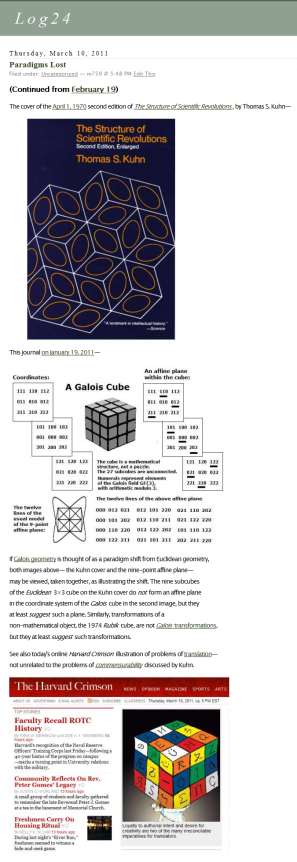
Whether Paradigms Lost is beyond forgetfulness is open to question.
Perhaps a later post, in the lighthearted spirit of Faust, will help. See April 20th's "Ready When You Are, C.B."



